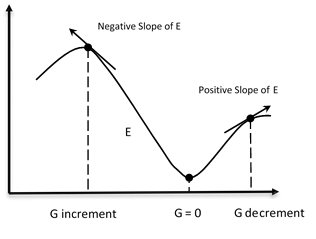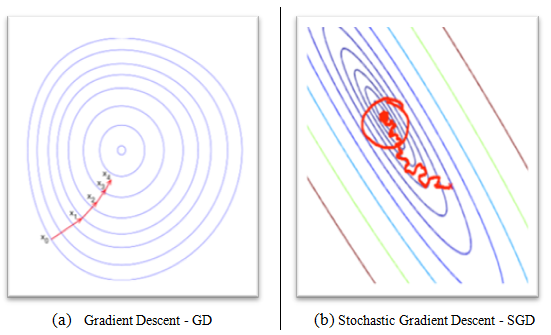The learning process of a neural network is configured as an iterative process of optimization of the weights, and is therefore of the supervised type. The weights are modified based on the network performance on a set of examples belonging to the training set, where the category they belong to is known. The aim is to minimize a loss function, which indicates the degree to which the behavior of the network deviates from the desired one. The performance of the network is then verified on a test set consisting of objects (for example, images in a image classification problem) other than those of the training set.
-
Book Overview & Buying

-
Table Of Contents

Deep Learning with TensorFlow
By :

Deep Learning with TensorFlow
By:
Overview of this book
 Free Chapter
Free Chapter


